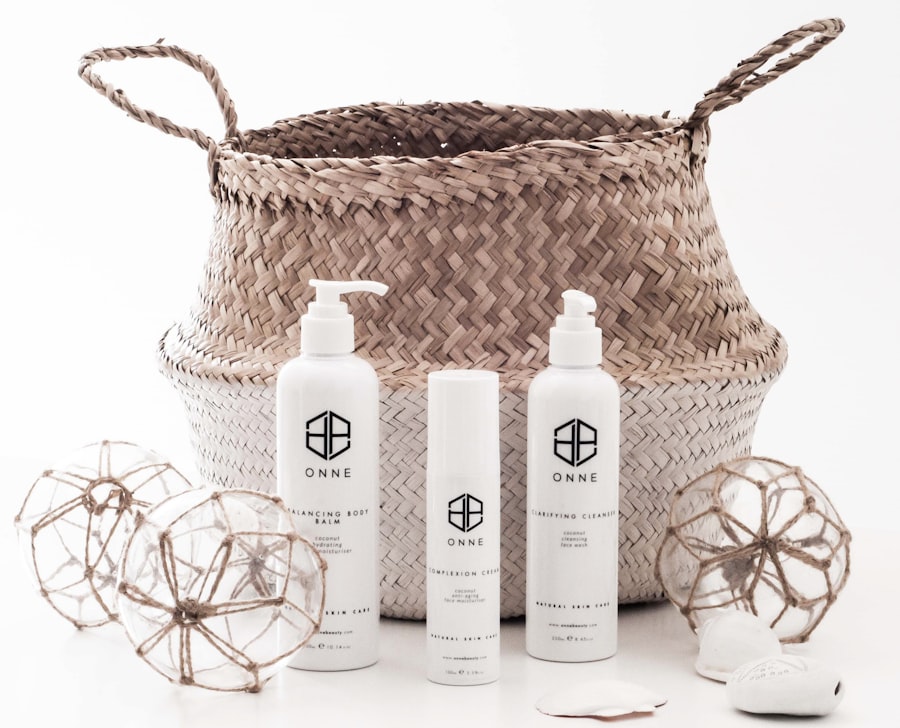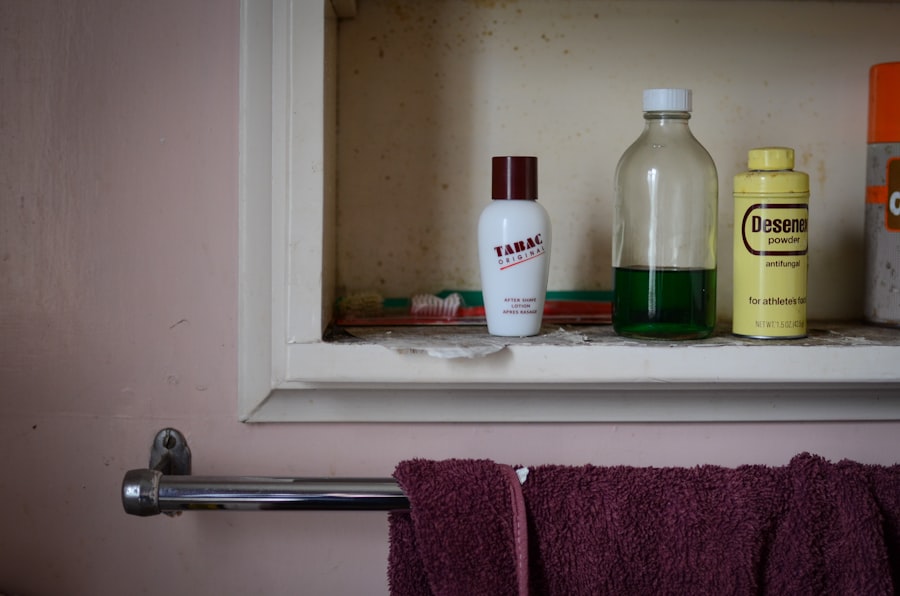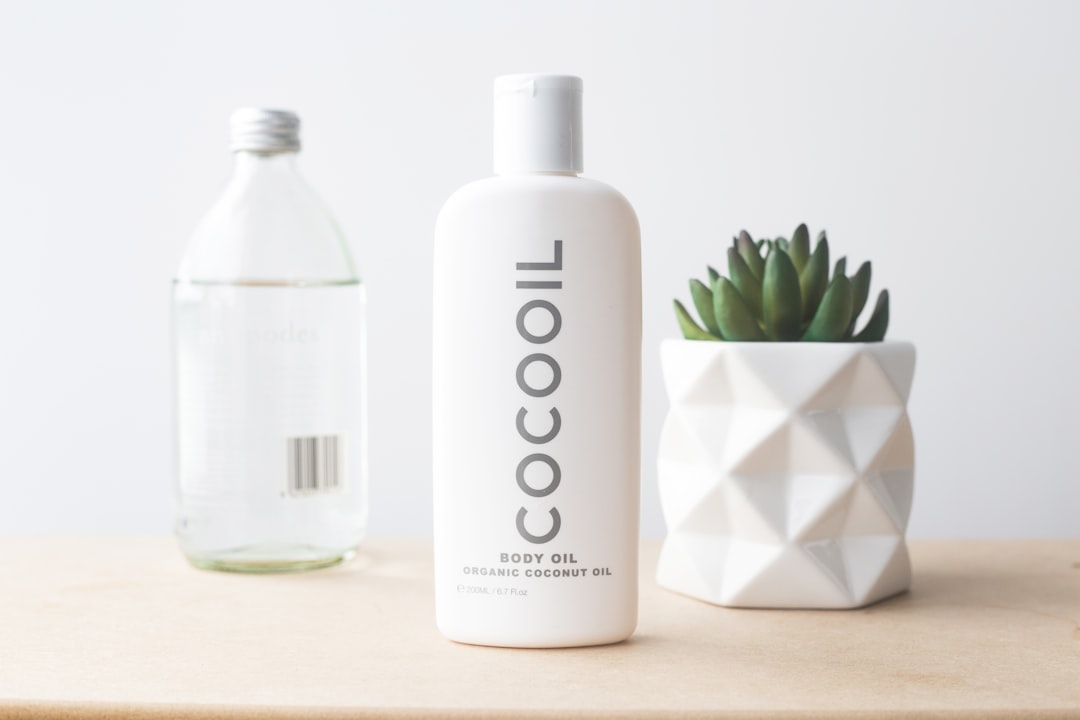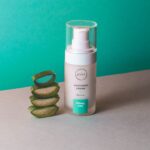Aftercare is a crucial component of the permanent laser hair removal process, and understanding its significance can greatly enhance your results. When you undergo laser hair removal, the procedure targets hair follicles with concentrated light energy, effectively disabling their ability to grow hair. However, this process can leave your skin sensitive and vulnerable to irritation.
Proper aftercare ensures that your skin heals correctly, minimizes the risk of complications, and maximizes the effectiveness of the treatment. By prioritizing aftercare, you not only protect your investment in the procedure but also promote healthier skin in the long run. Moreover, aftercare plays a vital role in achieving optimal results.
The skin’s response to laser treatment can vary from person to person, and how you care for your skin post-treatment can significantly influence the outcome. Following the recommended aftercare guidelines helps to ensure that the hair follicles remain inactive and that any potential side effects are managed effectively. By taking these steps seriously, you can enjoy smoother skin and a more satisfying experience overall.
Key Takeaways
- Aftercare is crucial for the success of permanent laser hair removal
- Immediate aftercare steps include avoiding sun exposure and applying soothing creams
- Long-term aftercare guidelines involve protecting the skin and avoiding certain activities
- Sun exposure and tanning should be avoided to prevent complications and maintain results
- Discomfort and redness can be managed with cold compresses and gentle skincare products
Immediate Aftercare Steps
Immediately following your laser hair removal session, there are several key steps you should take to ensure your skin remains healthy and irritation-free. First and foremost, it’s essential to keep the treated area clean and dry. Gently cleanse the area with a mild soap and lukewarm water, avoiding any harsh scrubs or exfoliants that could irritate your skin.
Pat the area dry with a soft towel rather than rubbing it, as this can further aggravate sensitivity. This initial care helps to remove any residual gel or debris from the treatment while minimizing the risk of infection. In addition to cleansing, applying a soothing gel or cream recommended by your practitioner can be beneficial.
Products containing aloe vera or hydrocortisone can help calm any redness or swelling that may occur after the procedure. It’s important to follow your practitioner’s specific recommendations regarding post-treatment products, as they will have tailored advice based on your skin type and the specifics of your treatment. By taking these immediate steps, you set a solid foundation for healing and comfort.
Long-term Aftercare Guidelines

As you move beyond the immediate aftermath of your laser hair removal session, long-term aftercare becomes essential for maintaining results and ensuring skin health. One of the most important aspects of long-term care is to stay consistent with your follow-up treatments as recommended by your practitioner. Laser hair removal typically requires multiple sessions for optimal results, and adhering to the suggested schedule will help ensure that any remaining hair follicles are effectively treated.
In addition to regular treatments, maintaining a consistent skincare routine is vital. This includes moisturizing the treated area regularly to keep the skin hydrated and supple. Look for products that are free from fragrances and harsh chemicals, as these can irritate sensitive skin.
Incorporating gentle exfoliation into your routine can also help prevent ingrown hairs, which can be a concern after laser treatments. By committing to these long-term care practices, you not only enhance the effectiveness of your laser hair removal but also promote overall skin health.
Avoiding Sun Exposure and Tanning
| Metrics | Statistics |
|---|---|
| Percentage of people who avoid sun exposure | 65% |
| Percentage of people who use sunscreen regularly | 72% |
| Number of skin cancer cases related to tanning beds | 419,254 |
| Percentage of people who believe tanned skin is healthy | 40% |
One of the most critical aspects of aftercare following laser hair removal is avoiding sun exposure and tanning. Your skin will be particularly sensitive after treatment, making it more susceptible to sunburn and pigmentation changes. Direct sunlight can lead to adverse reactions, including hyperpigmentation or even blistering in some cases.
Therefore, it’s essential to limit sun exposure for at least two weeks post-treatment.
In addition to avoiding direct sunlight, it’s wise to steer clear of tanning beds during your recovery period.
The artificial UV light from tanning beds can have similar effects on your skin as natural sunlight, exacerbating sensitivity and increasing the risk of complications. If you desire a tanned look, consider using self-tanning products that do not contain harmful chemicals or dyes. By prioritizing sun protection during this critical time, you safeguard your skin’s health and ensure that your laser hair removal results remain intact.
Managing Discomfort and Redness
Experiencing some discomfort or redness after laser hair removal is entirely normal, but managing these symptoms effectively is key to a smooth recovery process. You may notice that the treated area feels warm or slightly swollen immediately after the procedure; this is a common reaction as your skin adjusts to the treatment. To alleviate discomfort, applying a cold compress or ice pack wrapped in a cloth can provide soothing relief.
Over-the-counter pain relievers such as ibuprofen or acetaminophen can also help manage any lingering discomfort. However, it’s essential to consult with your practitioner before taking any medication to ensure it’s appropriate for your situation.
Additionally, if you notice persistent redness or swelling that doesn’t subside within a few days, it’s crucial to reach out to your practitioner for guidance. By taking proactive steps to manage discomfort and redness, you can enhance your overall experience and promote faster healing.
Proper Hygiene and Skincare

Maintaining proper hygiene is paramount in the days following your laser hair removal session. Keeping the treated area clean helps prevent infection and promotes healing. You should avoid hot baths, saunas, or swimming pools for at least 48 hours post-treatment, as these environments can introduce bacteria and irritate sensitive skin.
Instead, opt for quick showers with lukewarm water and gentle soap to cleanse the area without causing additional stress. In terms of skincare, it’s essential to be mindful of the products you use on the treated area. Avoid harsh exfoliants, retinoids, or any products containing alcohol for at least a week after treatment, as these can irritate your skin further.
Instead, focus on using gentle moisturizers that will hydrate and soothe your skin without causing irritation. Incorporating a broad-spectrum sunscreen into your daily routine is also crucial; protecting your skin from UV rays will help maintain its integrity and prevent complications.
Monitoring for Complications
While most individuals experience minimal side effects following laser hair removal, it’s essential to monitor your skin for any signs of complications. Keep an eye out for unusual symptoms such as excessive swelling, blistering, or prolonged redness that doesn’t improve over time. If you notice any of these issues, it’s vital to contact your practitioner promptly for advice on how to proceed.
Early intervention can often prevent more serious complications from developing. Additionally, be aware of any changes in pigmentation in the treated area. While some redness is expected initially, any darkening or lightening of the skin should be monitored closely.
If you experience significant changes in pigmentation or if you have concerns about how your skin is healing, don’t hesitate to reach out for professional guidance. By staying vigilant about monitoring your skin’s response post-treatment, you can address any potential issues early on and ensure a smoother recovery process.
Follow-up Appointments and Maintenance
Finally, one of the most important aspects of aftercare for permanent laser hair removal is attending follow-up appointments as scheduled by your practitioner. These sessions are crucial for assessing your progress and determining if additional treatments are necessary for optimal results. Your practitioner will evaluate how well your skin has healed and whether any remaining hair follicles require further attention.
Staying committed to these appointments demonstrates your dedication to achieving the best possible outcome from your treatment. In addition to follow-up appointments, maintaining an ongoing skincare routine is essential for preserving results over time. As hair growth cycles vary among individuals, some may require maintenance sessions every few months after completing their initial treatment series.
Discussing a long-term plan with your practitioner will help you understand what to expect moving forward and how best to care for your skin in conjunction with ongoing treatments. By prioritizing follow-up care and maintenance, you ensure that you continue to enjoy smooth, hair-free skin long after your initial sessions have concluded. In conclusion, aftercare is an integral part of the permanent laser hair removal process that should not be overlooked.
By understanding its importance and following recommended guidelines—ranging from immediate care steps to long-term maintenance—you set yourself up for success in achieving smooth skin while minimizing potential complications. Remember that each individual’s experience may vary; therefore, staying in close communication with your practitioner will help tailor an aftercare plan that best suits your needs. With proper attention and care, you can enjoy lasting results from your laser hair removal journey.
After undergoing permanent laser hair removal, it is essential to properly care for your skin to ensure optimal results. One important aspect of aftercare is using the right products to soothe and protect your skin. In a recent article on InLaserHairRemoval, they discuss the importance of choosing the right aftercare products for laser hair removal. By selecting products specifically designed for post-treatment care, you can help minimize irritation, redness, and other potential side effects. Be sure to check out their article for more information on how to properly care for your skin after laser hair removal.
FAQs
What are permanent laser hair removal aftercare products?
Permanent laser hair removal aftercare products are products that are used to care for the skin after undergoing a laser hair removal treatment. These products help to soothe the skin, reduce irritation, and promote healing after the procedure.
What are some common permanent laser hair removal aftercare products?
Some common permanent laser hair removal aftercare products include aloe vera gel, gentle moisturizers, soothing creams, and products containing ingredients such as chamomile or calendula to help calm the skin.
How should permanent laser hair removal aftercare products be used?
After undergoing a laser hair removal treatment, it is important to follow the specific aftercare instructions provided by the treatment provider. Generally, aftercare products should be applied gently to the treated area, following any specific guidelines provided by the provider.
Are there any specific ingredients to avoid in permanent laser hair removal aftercare products?
It is generally recommended to avoid products containing harsh chemicals, fragrances, or exfoliating ingredients immediately after a laser hair removal treatment. These ingredients can irritate the skin and interfere with the healing process.
How long should permanent laser hair removal aftercare products be used?
The duration of using aftercare products can vary depending on individual skin sensitivity and the specific instructions provided by the treatment provider. It is important to follow the recommended aftercare regimen until the skin has fully healed and any redness or irritation has subsided.





